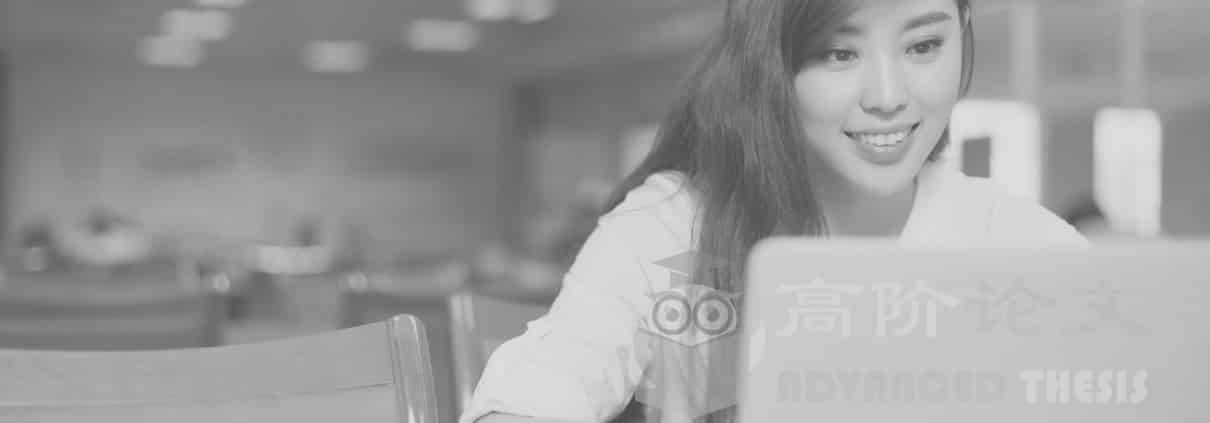代写被发现-预防食品污染和食源性疾病的步骤
代写被发现-预防食品污染和食源性疾病的步骤。预防食品污染和食源性疾病的另一个步骤是设计一个安全卫生的食品生产区域。生产场所的设计应符合卫生要求,包括食品加工过程中的污染防护。食品安全立法对食品制备领域提出了具体要求。地板应由易清洁的材料制成。步行应该是安全的。食品生产区的墙壁应采用易清洗、无毒的材料制成。它们应该是不透水和持久的。天花板的设计应避免灰尘、微生物、冷凝和霉菌的积累。窗户应该允许交叉通风,并且应该有昆虫屏障。门应该由非吸收性材料制成。表面应光滑、无毒、耐腐蚀、耐洗。洗涤区应设有冷热水设施。应该定期消毒。水用于生产,清洁和洗涤应该来自有信誉的来源(Ucar, Yilmaz Cakıroğlu, 2016)。厨房清洁卫生,防止食物污染和食物中毒。接下来论文范文代写被发现-预防食品污染和食源性疾病的步骤分享给留学生阅读。
Designing safe food preparation area: Another step to prevent food contamination and foodborne illnesses is designing a safe and hygienic area for food production. The place of production should be carefully designed to allow hygienic processes which include protection from contamination while preparation of food. The food safety legislation has given specific requirements for food preparation area (Azevedo et al., 2014). The floor should be made of material that is easy to clean. It should be safe for walking. Walls of the food production area should be made of washable that is easy to clean and nontoxic material. They should be impervious and durable. The ceilings should be designed in such a way that they do not accumulate dirt, microbes, condensation and moulds. Windows should allow cross ventilation and should have insect screen. Doors should be made of non-absorbent material. The surface should be smooth, non-toxic, corrosion resistant and washable. The washing area should have facility for cold and hot water. It should be sterilised regularly. Water used for production, cleaning and washing should come from reputable source (Uçar, Yilmaz and Çakıroğlu, 2016).
Clean and hygienic kitchen prevent contamination of food and food poisoning.
Personal hygiene of food handler: In order to prevent foodborne illnesses, safe cooking method should be used and personal hygiene of the staff should be monitored. The Food Safety Standard 3.2.2 Food Safety Practices and General Requirements has laid out a set of guidelines for food handlers (person who is in direct contact with the food) (Food Standards Australia New Zealand, 2015). Food handler is responsible for overall safety of the food. The person handling food should have a certain level of personal hygiene. Their body should be covered when handling food material. They should not cough, blow or sneeze near food. They should wash hands before and after touching food, after using toilets and after smoking, sneezing and coughing. Personal hygiene can minimise risk of contamination. In case the food handler is sick, they should inform their supervisor about the illness (SA Health, 2012)
The report highlights three action based solution to prevent food poisoning. They are HACCP, maintaining kitchen hygiene and personal hygiene. HACCP is a standardised measure. It has seven principles or steps which need to be followed to ensure food safety. Maintain kitchen hygiene is important. There are guidelines for maintaining kitchen hygiene. The place of production should be carefully designed to allow hygienic processes which include protection from contamination while preparation of food. Lastly, personal hygiene of food handler is crucial for food safety and to prevent contamination. The Food Safety Standard 3.2.2 Food Safety Practices and General Requirements has laid out a set of guidelines for food handlers (person who is in direct contact with the food). Food handler is responsible for overall safety of the food.
有关论文范文代写被发现-预防食品污染和食源性疾病的步骤就为留学生分享到这里。中国留学生英语论文不会写怎么办?可以找新西兰论文代写Advanced Thesis平台机构,此论文代写平台帮助中国留学生解决论文写作难题,为留学生提供毕业论文代写、essay代写、assignment代写等论文服务,保证论文原创,而且论文代写价格公平合理,并使用权威的抄袭检测系统,让留学生们轻松应对论文写作并创作出专属个人的优秀论文!








